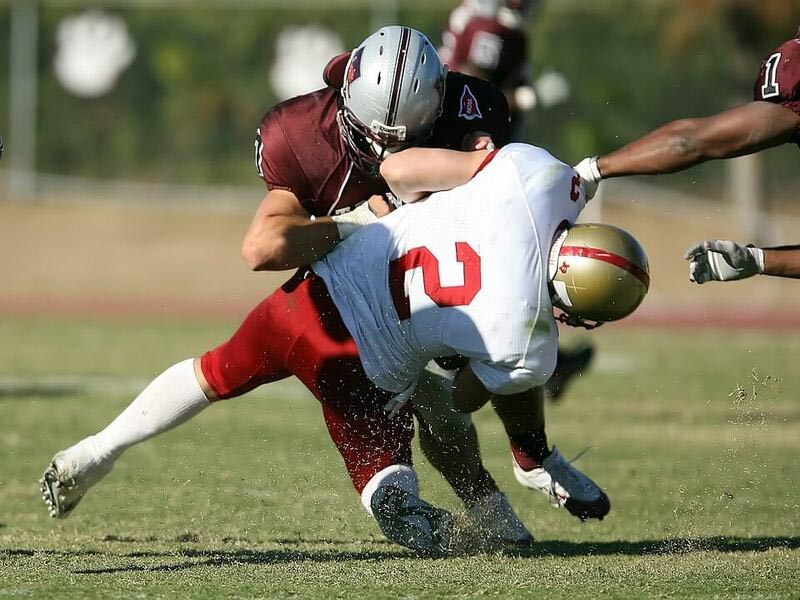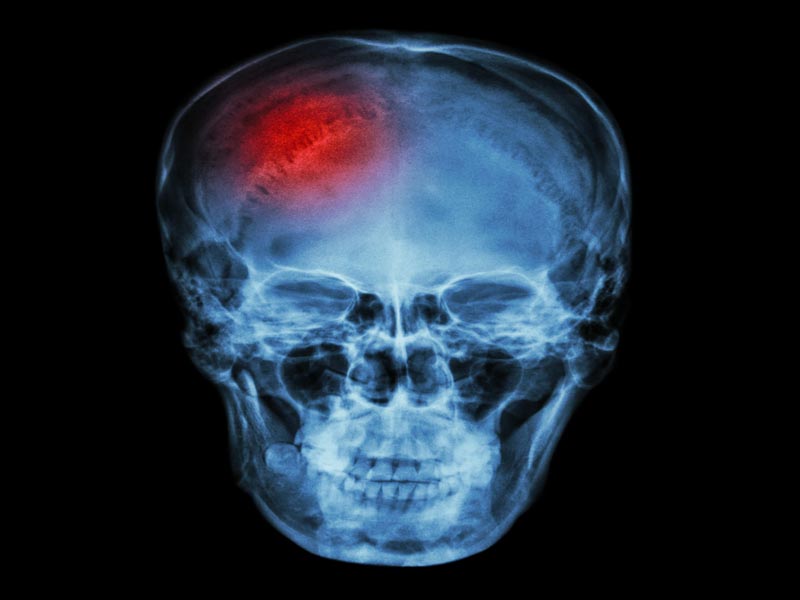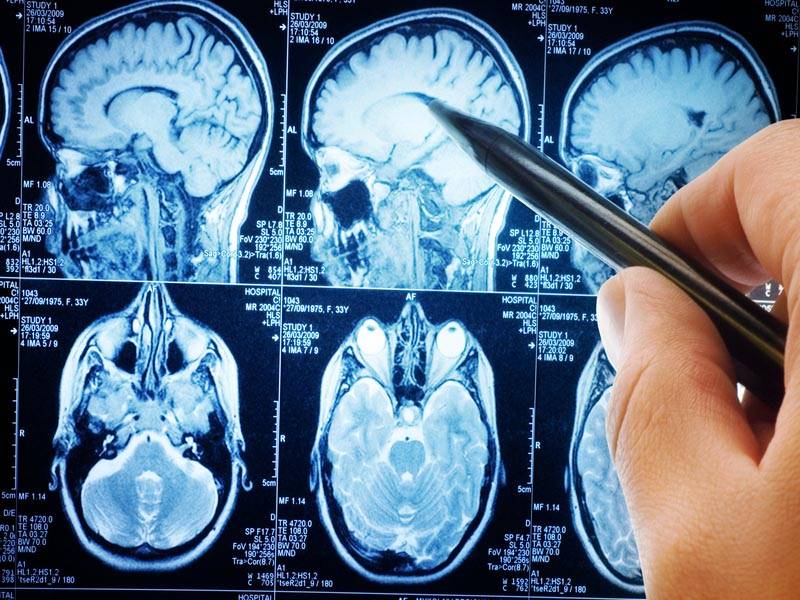Recent reports and even lawsuits about the lasting damage that repeated concussions cause professional NFL athletes continue to make headlines, but trauma and damage is not limited to those at the pinnacle of the sport. College students, teens and even children playing sports can also suffer from concussions during the course of games or practice. In many cases, the original concussion may not be recognized or treated, simply because the player did not lose consciousness. Learning more about concussions in sports and the advantages of baseline testing can help young athletes and their parents get the best possible outcome from youth and college sports.
More than Just Football
When you think of sports injuries and concussion, the typical player you picture (and the one seen most often in the news) is likely wearing a football uniform. However, recent research suggests that this is often not the case. While football does account for many concussions per year, participants in other sports are at significant risk as well. According to the American Association of Neurological Surgeons, cheerleaders, soccer players, gymnasts and baseball players also receive head injuries at alarming rates – and numbers continue to climb annually.
For college athletes, an NCAA study found that while football had the highest reported rate of concussion in member athletes, women’s soccer and basketball and men’s lacrosse and wrestling all had significant rates of concussion. Researchers also found that players were twice as likely to be injured during competition than during practice. Player contact was the top listed cause of concussion among these college level athletes, followed by contact with equipment like diving boards or the balance beams.
Age Is not a Barrier
Kids playing soccer, football and other sports in elementary and middle school take on the same risk as their older, heavier peers. According to the CDC, over twenty thousand kids under the age of 14 sustain concussions each year from football alone. Sports like softball (18,000 injuries), basketball (14,000 injuries) and swimming/diving (12,800 injuries) also add to the overall number of elementary and middle schoolers sustaining concussions in a typical year.
Since participating in sports has specific and enduring benefits for kids and teens, opting out is not an option, so what can be done? Research and some innovative technology make it easier than ever for kids, teens and adults to participate in sports without risking cognitive ability or brain functionality. Baseline testing that assesses an athlete’s brain function, memory and cognitive skills creates a benchmark and a basis for comparison if the athlete sustains a blow to the head during the season or as time progresses.
What Is Baseline Testing?
The idea behind baseline testing is simple; perform pre-season tests to pinpoint an athlete’s current brain functioning and abilities. Once a baseline is established, the player’s brain functionality can be tracked over time or if needed, after a concussion. Having this baseline offers a frame of reference for the medical team and can help an athlete get prompt treatment and attention if there are signs of trouble.
When Is Baseline Testing Done?
Anytime. Ideally, baseline testing is performed in the pre-season, before any chance of impact or injury. However, a post-season test may detect unsuspected symptoms of head trauma. In fact, research show that nearly a third of all athletes have had unreported or undiagnosed concussions. Bottom line: incorporating baseline concussion testing as part of annual physical requirements improves the chance for all athletes to be properly treated after an injury.
What Kind of Tests Can Be Performed?
A computerized baseline test on the way the brain typically works, including memory, cognitive skills and other abilities, can help outline the “normal” state for each athlete. Balance, coordination and other physical tests assess other areas. A full history is also helpful and can help pinpoint any areas of concern from the start.
A qEEG Neurofeedback brain scan creates a definitive and, more importantly, an objective picture—or brain map—of how the brainwaves are functioning in a healthy state. Better access to qEEG and a thorough understanding of how brain scans work can help set accurate baselines that can’t be influenced by athletes and that make it easier for medical professionals to spot the signs of damage as early as possible. The baseline brain map can then be used post-injury to help determine if the player may benefit from neurofeedback treatment to regain healthy function or restore healthy brainwave patterns.
What Happens When a Concussion Occurs?
When an athlete has a suspected concussion (or any noteworthy impact to the head), tests performed after the injury are compared to the baseline. This allows the medical team to note any changes and assess the extent of the injury. Baseline comparison allows for more accurate, personalized information; a player with changes needs medical attention and should not return to the field or to training until cleared to do so. Without the baseline, the medical team can’t make an informed decision or fully protect the athletes from further damage.
How Often Is Baseline Testing Needed?
The frequency of testing depends on a variety of factors, including the age of the player, any recent injuries or areas of concern or other medical conditions may require more frequent testing and follow up. The CDC suggests getting a fresh baseline every two years for most athletes without other health restrictions or previous history of injury.
Getting a baseline test does not require a lot of time or trouble and can help identify concussion or damage in athletes of any age. Once a baseline is in place, the athlete is more likely to get the help he or she needs to fully recover after an injury. This increasingly common process can also provide definitive answers on an athlete’s ability to return to playing or training post injury.
If your child plays sports of any kind, from gymnastics to soccer, football or lacrosse, getting a baseline qEEG is as simple as scheduling a session with MyBrainDR. Once your brain scan is complete, you will have a basis for comparison if your child sustains a blow to the head or concussion. We hope you never need to use it, but a baseline is a valuable tool for recovery if it ends up being needed. Get in touch to learn more about baseline testing and to take a proactive stance about your child or teen’s health.





